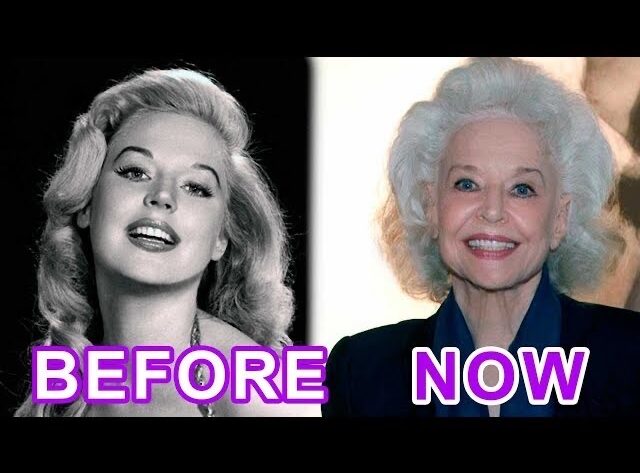Betty Brosmer is a name that remains iconic in the worlds of modeling, fitness, and beauty. She is often regarded as one of the most influential pin-up models of the mid-20th century. Betty’s career spanned both the golden age of American glamour and the emerging fitness culture, and her stunning beauty and incredible physique made her a symbol of grace, strength, and beauty. Her influence continues to resonate in both the modeling and fitness industries, paving the way for future generations of women.
Early Life: Foundations of Grace and Strength
Born on August 2, 1935, in Los Angeles, California, Betty Brosmer was raised in a middle-class family. She developed an early passion for physical fitness, engaging in sports like swimming, horseback riding, and tennis. Her athleticism, paired with her natural beauty, captured the attention of many, but it wasn’t until she was discovered by a photographer at the age of 16 that her modeling career truly began. She quickly became a popular figure in the fashion and pin-up scenes, known for her stunning features, including her striking eyes, blonde hair, and impeccable physique.
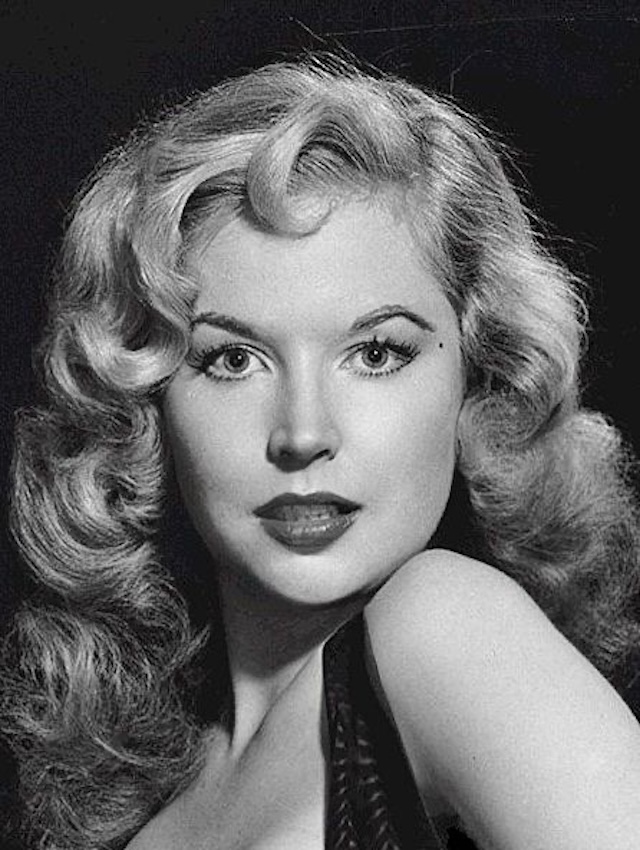
Modeling Career: The Rise of a Pin-Up Icon
In the 1950s and early 1960s, Betty Brosmer became the epitome of the all-American pin-up girl. Her curvaceous figure and glamorous presence made her a standout during the golden age of Hollywood. She graced the covers of popular magazines such as *Life*, *Sporting News*, and *Esquire*, solidifying her place as one of the most recognizable models of the era.
Her pin-up work was particularly iconic, with her images featured in advertisements, calendars, and posters. Betty represented the ideal of feminine beauty in post-World War II America, a time when cultural and fashion standards were evolving. However, Betty was more than just a pretty face—she showcased her charm and personality through her work, making her a beloved figure beyond her physical beauty. A notable appearance was in the 1950s *Esquire* magazine’s Bikinis issue, where her elegant and confident swimsuit pose cemented her status as a symbol of beauty and self-assurance.
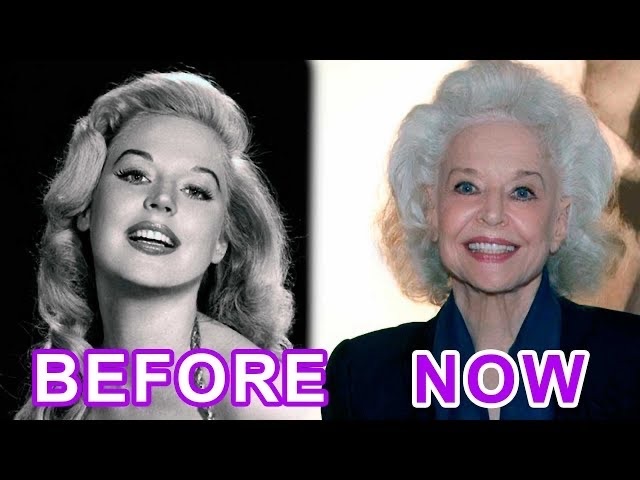
Transition to Fitness: The Birth of a New Era
While Betty’s modeling career flourished, she was always passionate about health, fitness, and physical well-being. At a time when modeling often promoted passive beauty standards, Betty stood out by embracing fitness as a central part of her lifestyle. In the early 1960s, she transitioned into the fitness industry, which was just beginning to gain momentum in popular culture. Her passion for fitness made her a trailblazer, as she demonstrated that strength and beauty could coexist harmoniously.
Betty’s marriage to Joe Weider in 1961 marked a significant turning point in her career. Joe, a pioneer in bodybuilding and the founder of *Muscle & Fitness* magazine, helped Betty bring her fitness enthusiasm into the mainstream. Together, they created a platform for promoting bodybuilding, fitness, and overall health. Betty’s workout regimen, which focused on strength training, cardiovascular health, and nutrition, became a model for women who wanted to merge beauty and athleticism.
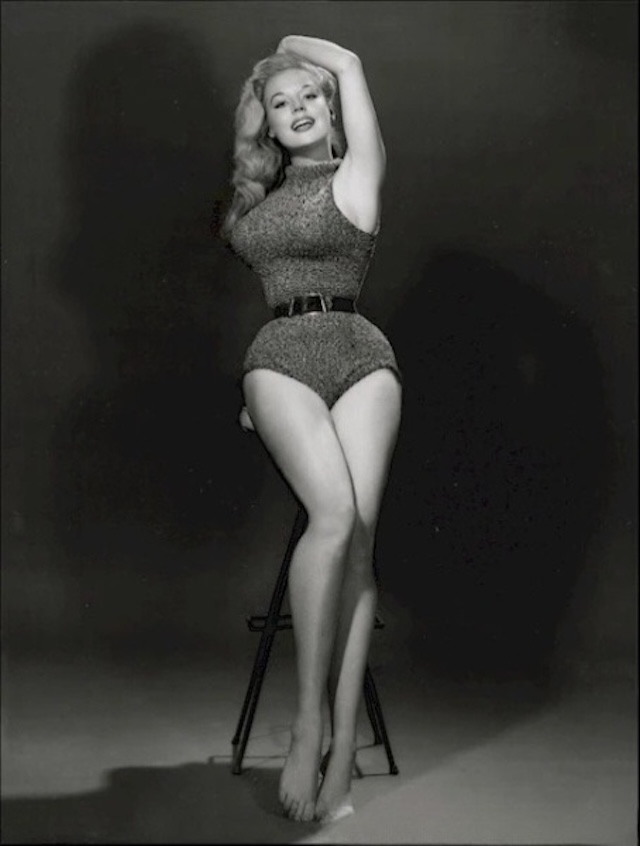
Impact on Women’s Fitness: Empowering a New Generation
Betty Brosmer’s influence extended beyond her personal fitness routine. She played a pivotal role in advocating for women’s participation in weight training, challenging the traditional views of women’s roles in fitness. During the 1960s and 1970s, she became a champion for weightlifting for women, promoting the idea that lifting weights could not only build physical strength but also improve mental well-being.
Her appearance in fitness magazines and her instructional books helped normalize the idea of strength training for women. Betty’s approach was both empowering and practical, showing women that they could achieve a toned, balanced physique without sacrificing their femininity. By promoting fitness as part of a healthy lifestyle, Betty helped women take control of their health and well-being, inspiring a movement that continues today.
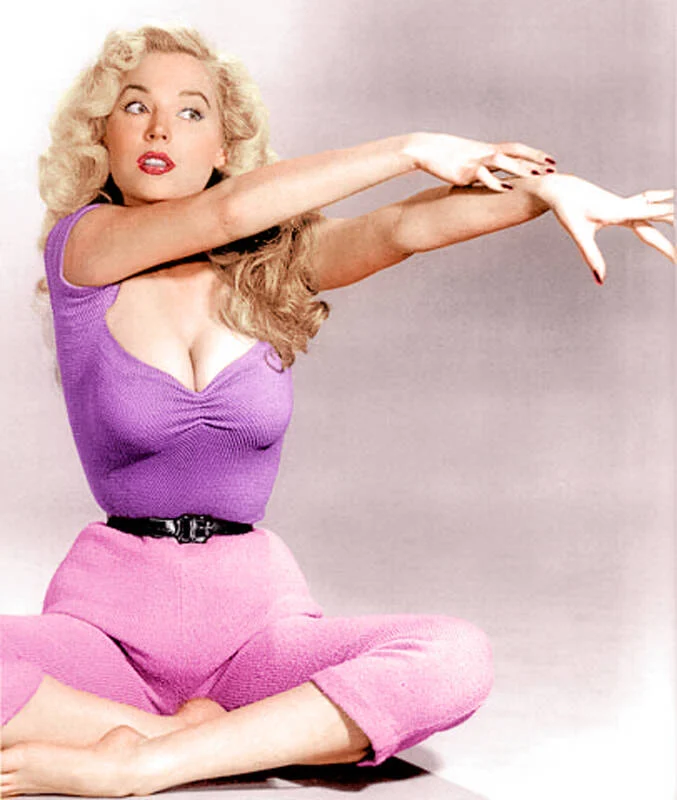
Legacy: A Timeless Icon
Betty Brosmer’s legacy in both modeling and fitness continues to influence industries today. Her modeling career set a new standard for feminine beauty, blending grace with strength. As a fitness icon, she empowered women to view fitness as an essential part of their lives. Even after retiring from the spotlight, Betty’s influence remains, and she continues to be a role model for women aspiring to live healthy, active lives.
Her marriage to Joe Weider and their shared work in the fitness world created a lasting legacy, cementing Betty’s contributions to the wellness industry. Her impact on women’s fitness culture is undeniable, and she is remembered not only for her beauty but for her role in redefining women’s strength and self-esteem.
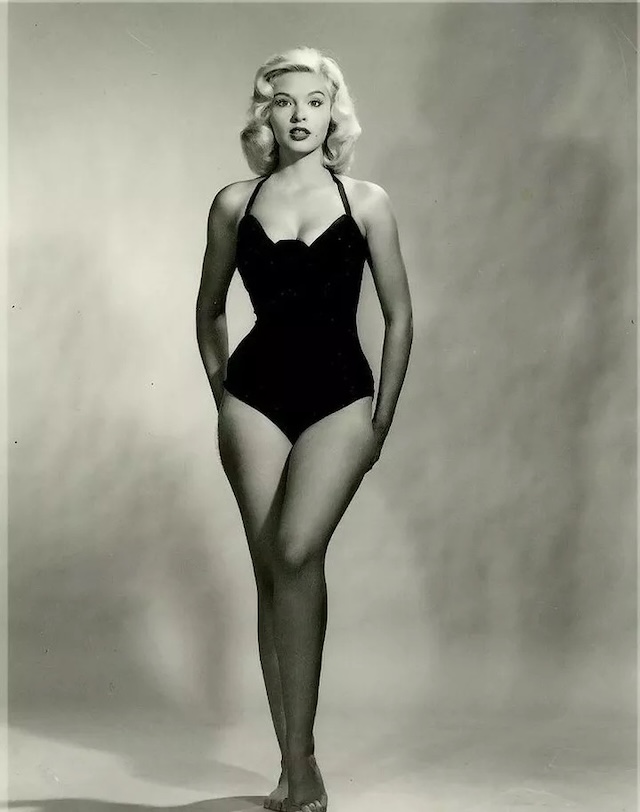
Conclusion: A Legacy of Beauty and Strength
Betty Brosmer’s career is a testament to the power of beauty, strength, and reinvention. From her early days as a pin-up model to her groundbreaking work in fitness, Betty helped redefine the ways in which women could embrace their bodies and their health. Her legacy as a trailblazer in both modeling and fitness continues to inspire women who seek to balance beauty with strength, glamour with health, and personal empowerment with social change.
As a model, fitness icon, and advocate, Betty Brosmer helped create a space where women could feel confident in both their appearance and physical abilities. Her influence continues to live on, reminding us that beauty and strength are complementary forces. Betty’s story is one of transformation, empowerment, and enduring legacy, securing her place as a timeless icon in both the modeling and fitness worlds.

